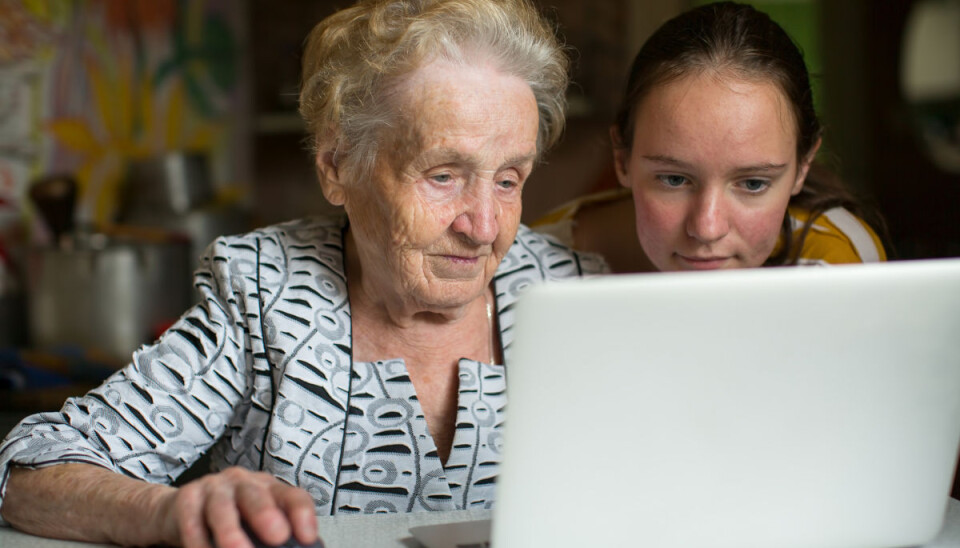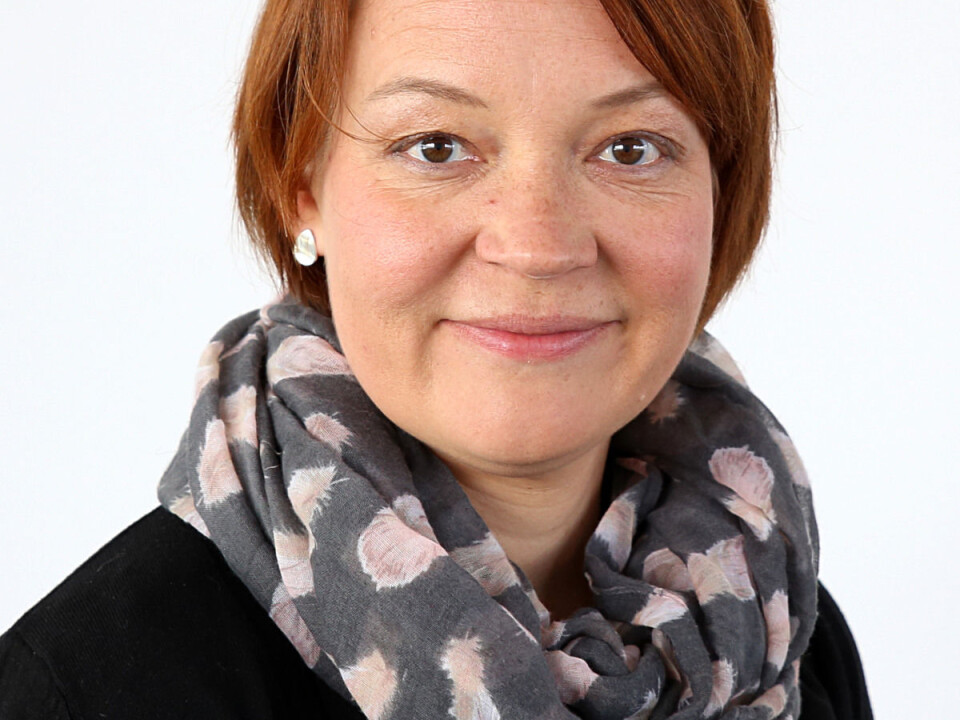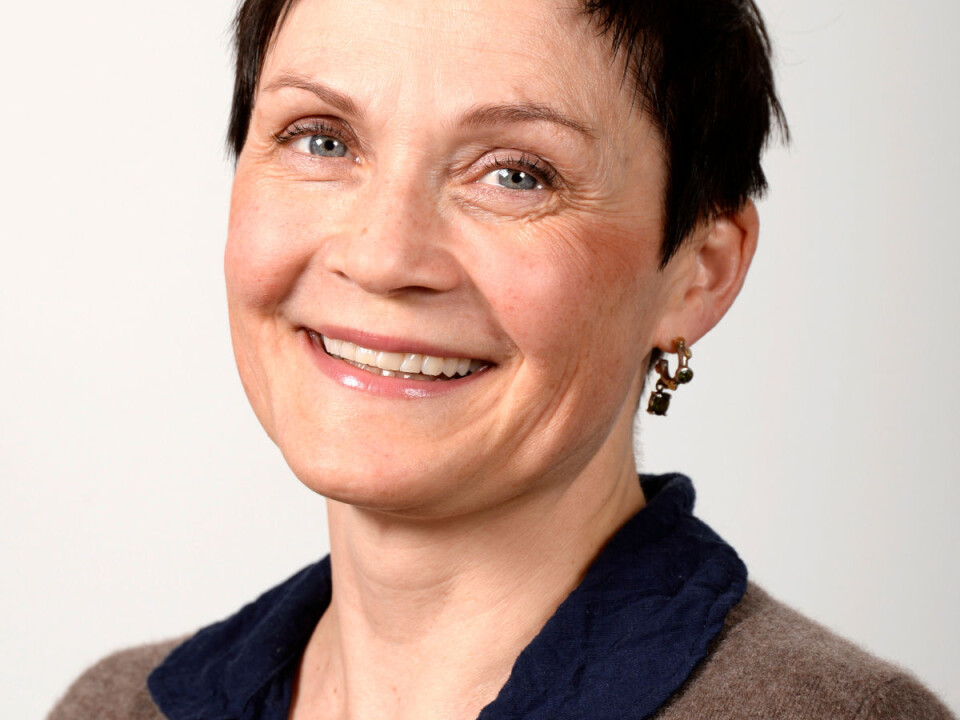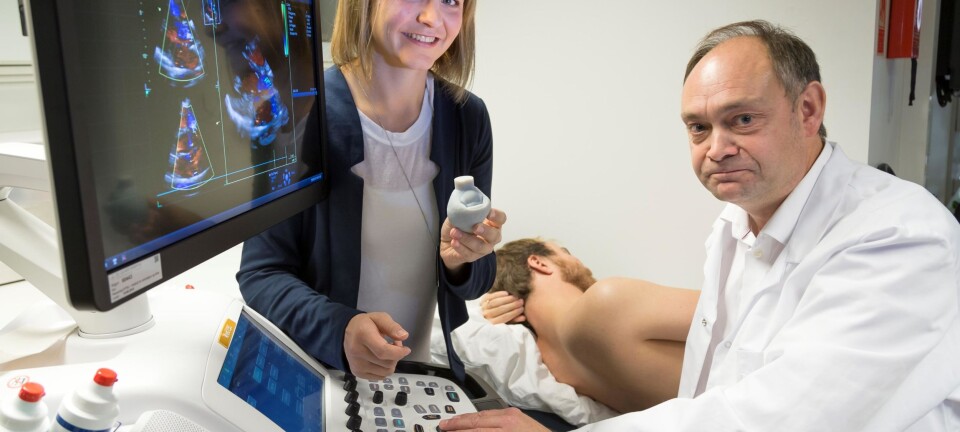This article was produced and financed by Norwegian centre for E-health research

More e-health can be life-changing for families and society
The growth of e-health solutions is not just changing relationships between patients and healthcare workers, but also family and gender structures. More light must be shed on the societal consequences, say social scientists.
What is the impact of the growth of e-health services and technologies? Today, a growing number of patients are followed up on by national health services digitally, with digital tools that they can carry on them or have placed in their living rooms.
But what consequences has this had for our society? Five social scientists associated with the Norwegian Centre for E-health Research have investigated that question.
They have worked on the subject for three years and recently published their findings in a research article in Social Science and Medicine.
In the study, the researchers conducted a meta-synthesis of 15 key European studies on e-health from the last 20 years.

They have studied digital interaction between patients and healthcare workers, and the goal was to identify whether the increased digitization in healthcare leads to changes in society, rather than simply for individuals.
“While most of the individual studies focus on the relationship between the patient and doctor or nurse, we looked for trends at the structural level. After all, we know that digitization has an impact on individuals, but once we integrated the results from all the studies, we could see that the changes also have an impact on society as a whole, on national health services and family life,” says Hege K. Andreassen, a researcher at NTNU and the Norwegian Centre for E-health Research.
Can lead to a change in gender roles
What happens at home when someone in the family is sick and increasingly getting by at home with the help of technology, rather than taking the trip to their doctor? Are the outcomes exclusively positive, or is there a risk that it can lead to the return of traditional gender role behaviours?
These are among the areas that the researchers, who have all spent several years investigating the use of digital solutions for the interaction between public health services and patients, believe must be examined more closely.

“What are the implications on labour force participation when these technologies allow more people to stay at home with a child who has a chronic illness, for example? It’s implications such as these that should be discussed more often when we talk about e-health,” says Andreassen.
Through their literature study, the researchers identified four core concepts that shed light on the societal changes that will occur due to the changes to patient-healthcare worker interaction introduced by e-health solutions: respatialised relations, reconnections of relational components, reactions (i.e. reconstitutions and renegotiations of social practices) and the reconfiguration of basic social institutions.
Changes to the healthcare worker profession
The meta-study shows that new professions have emerged as a result of the increasing digitization of healthcare.
For example, call centres have been established to take enquiries from patients by phone, e-mail or chat. Often, these call centres are not only staffed by nurses, but also personnel without any formal healthcare qualifications. What does that mean to how we provide healthcare services to the population in the future?
“We can see that it creates space for other ways to organise the work and that it is distributed in new ways and to new professions. For instance, people are needed to install, operate and update all that new IT equipment. Health informatics has become an important field in healthcare today, more important than just a few years ago,” explains Kari Dyb, one of the other researchers behind the article.
Changes to healthcare institutions
All around the world, big hospitals and healthcare institutions have been built to bring the patient INTO the healthcare system.
However, with the advance of digitization, the researchers see that society is in some ways returning to “the old days”. That is not to say that the doctor necessarily drops by for house calls, but rather that patients get support and help in their own home through technology.
For example, one project gave digital tools to COPD patients and referred to the tools as an umbilical cord on the project’s website. They write that “For those who have just been discharged, it can serve as an umbilical cord to the treatment environment and the social circle of patients who are in the same situation”.
“The implication of this is that national health services are treading new ground and interacting with patients in new spaces. What this means is that everything you have been taught is changing, and this can lead to both positive and negative reactions among patients and healthcare workers,” says Andreassen.
Changes to households
When healthcare technologies enter the living room, it also means that there are changes at the family level, both on the individual as well as individual level.
The family gets new responsibilities placed on them when a family member falls ill. After all, someone has to do the tasks once reserved for doctors and nurses. Blood glucose levels need to be checked and someone has to skype with the doctor at scheduled times.
“Will this entail a step back to the traditional gender roles, where mothers and daughters assume the caretaker responsibilities from the doctor? It’s a question worth asking. In the long run, it could affect labour force participation. It’s not unavoidable, but it must be acted on and looked at. We have to discuss it, because there are practical solutions and decisions on values that need to be weighed,” she says.
Both liberating and invasive
The role of family members/partners is only one aspect of the issue, however. Another is how the patients themselves feel about e-health solutions.
One of the studies tested a portable electrocardiogram for cardiac patients. The mobile device emitted a loud noise whenever it measured and stored the patients’ heart activity.
Many of the patients found this embarrassing when they were out in public and therefore stopped using it. Some patients found it liberating to no longer have to sit in a hospital corridor waiting for their name to be called. Others felt that their home had been invaded by technical equipment, turning what was once their living room into a hospital room.
“Is e-health leading to a liberation or an increased medicalisation? An interesting question is what new hierarchies that are emerging in society, but also not least in the national health services. Whether or not the patients will be the ‘winners’ of the digitization of healthcare remains uncertain as long as we don’t know how power and influence on the practical solutions will be distributed,” Andreassen says.
We need a view on societal aspects
The researchers conclude that the investment in technology in the healthcare sector must be planned and evaluated with a broader perspective that extends beyond each individual solution and project.
“We should zoom out when developing and implementing new technological solutions, because they also have structural consequences. We can see that relations between patients and healthcare professionals are changed by it, but also that the reactions to that can be either positive or negative,” says Andreassen.
She believes that small-scale projects and what happens in them is important to study, but that there is some urgency in establishing an analytical framework that examines the societal aspects, not least because of how rapidly the advance of new technologies is happening.
“The growth of new technological tools has consequences on the patients themselves as well as their opportunities to participate in working life. This ‘liberation’ from the healthcare institutions has two sides to it: If you have a chronically sick child, you have many digital options. But is it a good thing just staying home all the time?” Andreassen asks.
“We will not be able to avoid the moral choices we face in checking up on patients,” she adds.
----------
Read the Norwegian version of this article at forskning.no
































